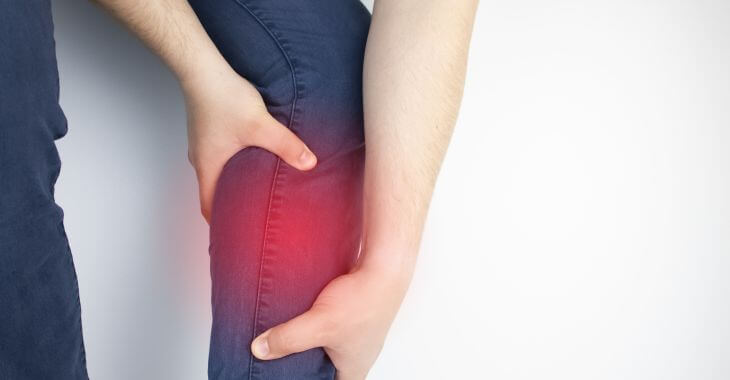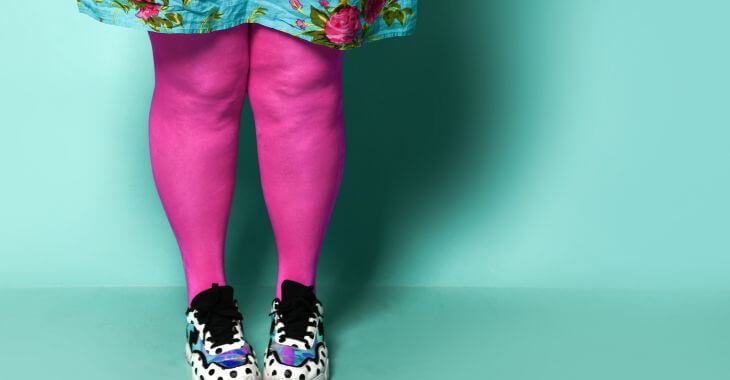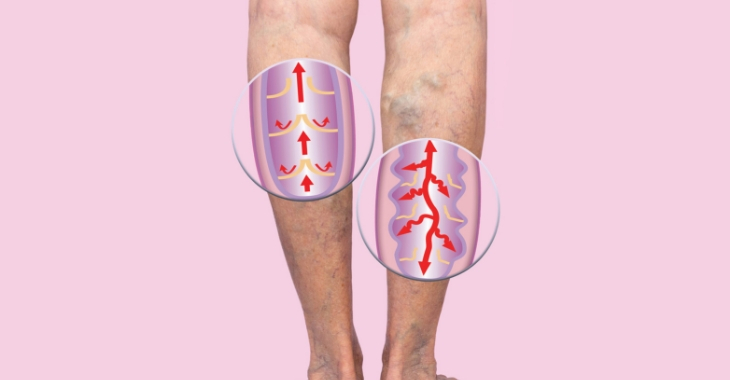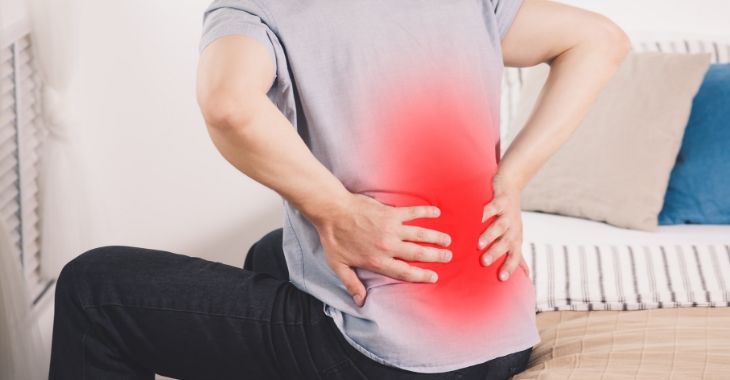Lipodermatosclerosis: Symptoms, Causes and Treatments

Lipodermatosclerosis is a rare condition that impacts the subcutaneous layer of fat in the lower legs. Individuals with lipodermatosclerosis experience inflammation in the fat layers in their calves – this can be an acute or chronic condition. This venous insufficiency condition is also known as sclerosing panniculitis and hypodermitis sclerodermiform. This is what you need to know about lipodermatosclerosis and its symptoms, causes and treatments.
What Is Lipodermatosclerosis?
Lipodermatosclerosis, or sclerosing panniculitis, is a skin condition that targets the lower leg. It is related to vascular insufficiency and a dysfunction in the calf muscle pump. While it is rare, it is more common in obese and older individuals and women are more likely to have this disease than men. Hypodermitis sclerodermiform can affect one leg or both and it can go through acute and chronic stages, causing inflammation in the fat layer as well as hardening and discoloration of the skin and tissue.
Symptoms of Lipodermatosclerosis
In the initial acute stage of lipodermatosclerosis, it can appear similar to cellulitis, with red, painful skin in the calf area. Those with the acute form may experience the condition in only one leg, but it is more commonly on both legs. The skin can be itchy, and the leg or legs may feel swollen and heavy. The red skin often covers the front of the shins and may spread to the back of the leg.
In the chronic stage of lipodermatosclerosis, symptoms can begin to impact the form of the leg. Sclerosing panniculitis is characterized by changing the shape of the leg. The bottom of the calf can become thinner and the area above appears larger, similar to an upside-down bowling pin or champagne bottle. Some of the other symptoms of chronic Lipodermatosclerosis include:
- Varicose veins
- Hyperpigmentation of the skin
- Pain
- Hardening and darkening of the skin
- Venous ulcers
An acute form of lipodermatosclerosis may present like a skin infection and eventually disappear. Or it may progress into the chronic form of the disease.
Diagnosing Sclerosing Panniculitis
Since lipodermatosclerosis is rare, it is often overlooked as a more common affliction like cellulitis. It can require a vascular or skin specialist to correctly diagnose this condition. It can be diagnosed by an exam and considering the symptoms clinically, using a doppler study to uncover any vascular abnormalities. It can also be diagnosed through a biopsy, but this can be risky, since wound healing is a problem with lipodermatosclerosis.
Causes of Lipodermatosclerosis
The exact cause of hypodermitis sclerodermiform is not known, but it is believed to be related to venous abnormalities and obesity. It is seen in older, overweight women the most, but can occur in other individuals with venous high blood pressure or other risk factors.

Treatments for Lipodermatosclerosis
Both acute and chronic forms of lipodermatosclerosis are uncomfortable and cause aesthetic skin concerns. Treatments vary from lifestyle changes and conservative therapies to surgery. Here are some of the treatments that can be effective at controlling sclerosing panniculitis.
- Lifestyle Changes
- Losing weight can reduce risks and help treat acute lipodermatosclerosis. About 66% of those who have this disease are obese. Losing weight can reduce pressure on the vascular system, allowing the veins in the lower legs to work properly. This can enhance circulation and prevent the accumulation of leukocytes in the veins that can spread to the surrounding tissue, causing the inflammation in the subcutaneous fat layers and excess collagen production that leads to hardened tissue.
- Minimally or Non-Invasive Treatments
- Compression garments are one of the most effective treatments for lipodermatosclerosis. Using compression socks or wraps can improve the performance of the veins in the lower legs, removing the leukocytes that can trigger more inflammation and collagen. Elevating the legs can also relieve pain and inflammation. Other minimally-invasive treatments include:
- Topical medication for pain reduction and addressing skin thickness
- Oral medications
- Steroid injections
- Topical steroids
- UVA and ultrasound therapy
- Laser therapy for spider or varicose veins
- Often, a combination of conservative therapies is used to combat the symptoms to give relief for patients.
- Surgical Options
- If non-surgical therapies are ineffective at controlling lipodermatosclerosis, surgical treatment may be recommended. Vein surgery performed by a vascular specialist can address venous insufficiencies that contribute to inflammation in the subcutaneous fat layers and impact the skin. Other surgical options include vein ablation or sclerotherapy, which can remove the veins contributing to sclerosing panniculitis.
If you have symptoms of lipodermatosclerosis, you should see a doctor or specialist for diagnosis. This condition can result in poor wound healing on the lower legs and cause pain and leg deformities. It is simpler to treat in the acute stage, but there are options for treatments for chronic sclerosing panniculitis. Visit your doctor if you have symptoms to discuss the best therapy to protect your calves from inflammation and pain caused by lipodermatosclerosis.
The information provided on this website, including text, graphics, images, and other materials, is intended solely for informational purposes and should not be used as a substitute for professional medical advice, diagnosis, or treatment.



)